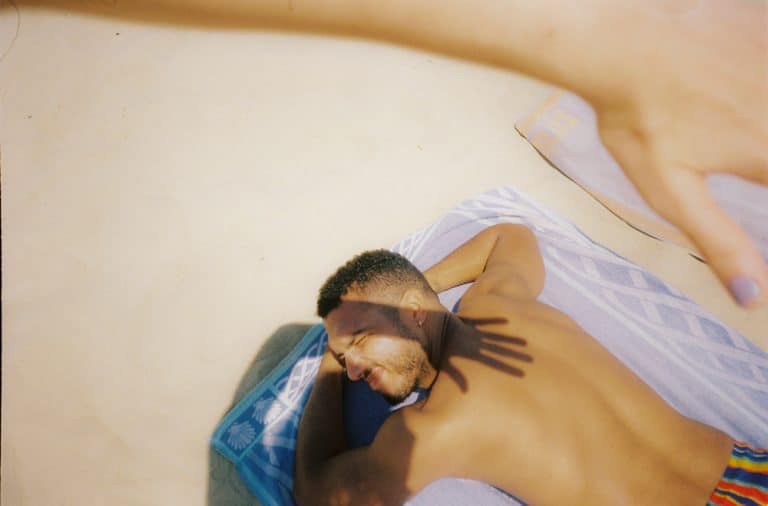Why is there a sudden boom in heteronormative memes on Instagram?
Our society has only recently started to recognise relationships outside of traditional views, so it’s no surprise that toxic monogamy and heteronormativity are still widely normalised. Lately, I have come across online posts depicting certain tropes and expectations within traditional and heterosexual romantic relationships that made me think about the ways we understand love and sex—and I’m sure I wasn’t the only one. Why exactly have these heteronormative memes suddenly appeared and what can they tell us about our society?
Instagram has been targeting me with some very sappy, cringe-worthy content about love (or at least what is perceived as love by many) through accounts such as @clingycouples and @couplepost.xo. Scrolling through these pages has turned into a hobby of mine—I sometimes find myself laughing at memes for their unironic absurdity. But at other times, I can’t find anything funny in them and feel repulsed by the blatant sexism, normalisation of toxic behaviour and homophobia.
All of these posts display certain tropes of toxic monogamy such as the normalisation of jealousy as a part of love. Heteronormativity is the belief that heterosexuality is the only normal and accepted form of sexuality, or in other words, the belief that romantic, sexual and marital relationships are most fitting between a man and woman. This limits and dismisses other expressions of gender, sexuality and romance, while also imposing traditional, patriarchal gender roles and toxic masculinity within a relationship, invalidating relationships outside of this paradigm.
Of course, memes shouldn’t be taken seriously, that’s why I’ve tried to analyse and understand them. My aim is not to say that cis-gender, straight and monogamous people are unable to form healthy romantic relationships; they are and anyone is, through mutual respect and communication. The problem is that a lot of these posts and memes do the complete opposite of promoting healthy communication.
Screen Shot spoke to the duo behind @hetero_cringe, the Instagram account challenging and deconstructing heteronormativity through sarcasm and irony, meme by meme. @hetero_cringe don’t make their own memes, but rather repost cringe relationship content (which often isn’t even created as a meme) turning it into a meme. In fact, some of their followers do not realise that the account is making fun of these relationship tropes and follow them for what is perceived as relatable and cute relationship content. “We don’t understand how this couldn’t be a joke,” they shared.
Inspired by boomer comics and heteronormative Instagram comments, the content they post is a mix between fun, lighthearted but cringe displays of hetero affection, borderline ridiculous presentations of sex and gender, or sometimes a deep dive into much deeper issues like fragile masculinity, misogyny or unhealthy yet normalised traits within relationships.
“There is a lot of content we are sent that is absolutely not okay to post. Obviously, we go to quite a lot of extremes to what we post, but we are finding more and more lines that are not okay to cross. The hate we get is mostly TERFS…transphobia is a problem, and if it’s not, it’s sexism.”
It is crucial that accounts like @hetero_cringe challenge these norms, as sexism, misogyny, queerphobia and other underlying identity and relationship issues have essentially spiralled out as a result of heteronormativity. Whether intentional or not, heteronormative memes are exclusionary of queer people, marginalising a sexual minority even further, which is the opposite of what we should be aiming for as a society: complete inclusion and open-mindedness.
@hetero_cringe have built a whole online community where they can have these open discussions: “We learn things, and they learn things, and it is just really nice—[memes] are definitely a powerful way to change things,” they explained.
Memes are part of our popular culture, and their influence is crucial. According to YPulse’s social media behaviour survey, 75 per cent of 13 to 36 year-olds share memes on a regular basis. It looks like we’re soon about to consume more memes than any other content medium. Heteronormativity and toxic traits of monogamy are still very much prominent within mass culture (Love Island, I’m looking at you), but memes are our new method of communication, so let’s use them aptly to spread the right message, one of acceptance and inclusivity.





